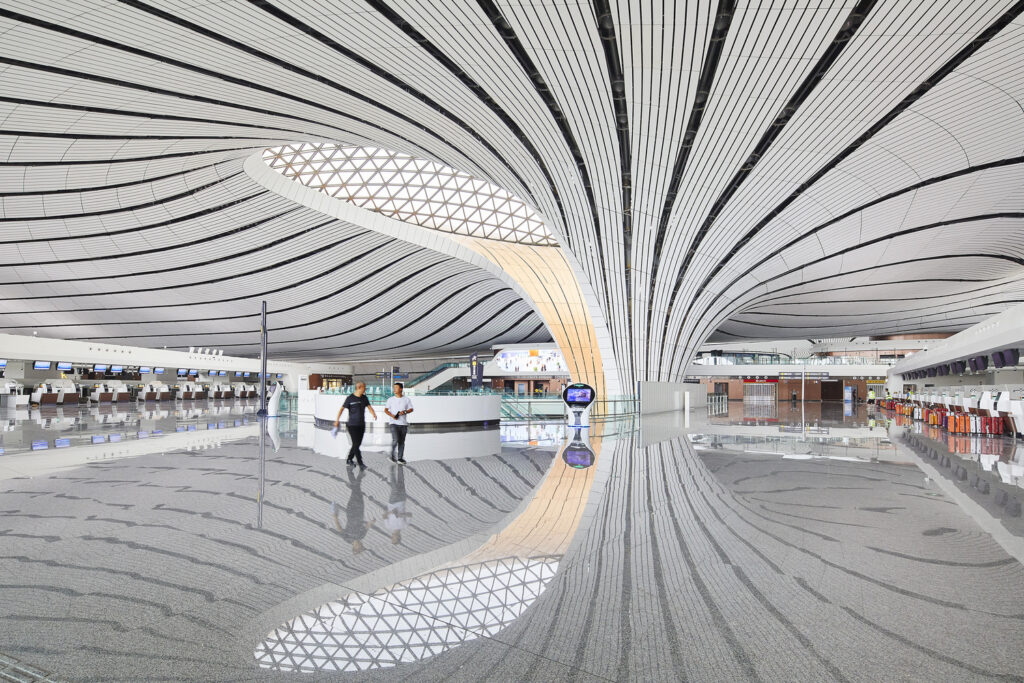
Parametric design and prefabrication: redefining creative and construction potential
The parametric approach in architecture is not just an aesthetic trend – it is a sophisticated method of project creation based on parameters and algorithms. Through defined variables (such as dimensions, relationships, materials or environmental factors), it is possible to generate complex and precise shapes that automatically adapt to changes. This approach allows working with organic, fluid forms that are difficult to achieve with traditional methods.
Prefabrication, on the other hand, uses standardized, controlled modules made off-site. In combination with parametric design, it opens the possibility for:
- precise production of unique components,
- waste reduction,
- faster and more reliable installation and
- optimization of construction costs and time.
This way, architects can create unique buildings, adapted to the specific conditions of the location and the wishes of the client.
Parametric and generative modeling tools
1. Rhinoceros 3D + Grasshopper
The basis of many parametric developments: Rhino enables precise modeling of NURBS surfaces, while Grasshopper adds visual programming through components and "sliders". They enable generative structures, performance analysis and detailed adjustment in real time.
2. Autodesk Revit + Dynamo Studio
Revit is the leading BIM tool with built-in parameterization: a change in the model automatically updates all related drawings and documentation. Dynamo enables advanced visual programmability within the Revit ecosystem.
3. ArchiCAD
A parametric BIM tool with interactive objects and real-world responsive systems, suitable for efficient coordination and flexible design changes.
4. Bentley Generative Components
A powerful rule-based generative tool that enables complex parameter-defined structures. It supports teamwork and automation of the design process.
5. FormIt
A lightweight conceptual parametric tool from the Autodesk portfolio, with integration into Revit and support for early design.
6. AutoCAD Civil 3D
Infrastructure-level parameterization: enables dynamic corrections and analyses of nonlinear elements such as corridors, terrain, and traffic systems.
7. Fusion 360
A cloud-based tool that combines CAD, CAM and CAE functionalities and offers parametric and generative design with simulation capabilities (novatr.com).
8. CATIA
An industrial tool, especially in the aerospace and automotive industries, but increasingly used in architecture for designing complex and optimized components.
9. FreeCAD
An open-source parametric CAD system that gives freedom of experimentation and customization with support for Python scripts.
Advantages of parametric design and prefabrication
1. Creative flexibility and adaptability
Parameters allow for the generation of a large number of variations – it is enough to change one value and the entire model is automatically updated.
2. Sustainable and efficient design
By integrating simulations and analysis (e.g. energy or lighting), the design becomes optimized for environmental conditions, material, form and function.
3. Prefabricated production and construction
Prefabrication accurately reproduces parametric components, reduces waste, and speeds up on-site assembly.
4. Rapid iteration and generative experimentation
The tools support algorithmic testing of variants through generative design - useful when choosing the optimal solution.
5. Improved collaboration
Documentation and models remain synchronized within BIM platforms (Revit, ArchiCAD) and support simultaneous work of multiple participants (parametric-architecture.com).
Conclusion
Parametric design and prefabrication represent a synergy of creativity, technology and efficiency. On the one hand, they allow architects to express themselves through extremely complex and innovative forms, and on the other hand, they bring speed, precision and environmental sustainability. Tools such as Rhino+Grasshopper, Revit+Dynamo, ArchiCAD, GenerativeComponents and Fusion 360 provide a platform for moving from idea to realization – and prefabrication allows that idea, manufactured under controlled conditions, to quickly become reality.
Through this technology, architecture becomes more than just design – it becomes an optimized process that meets the demands of today. If you would like advice on choosing tools, introducing parametric work, or developing prefabrication solutions, feel free to contact me – I will be happy to help implement these methods into your work!

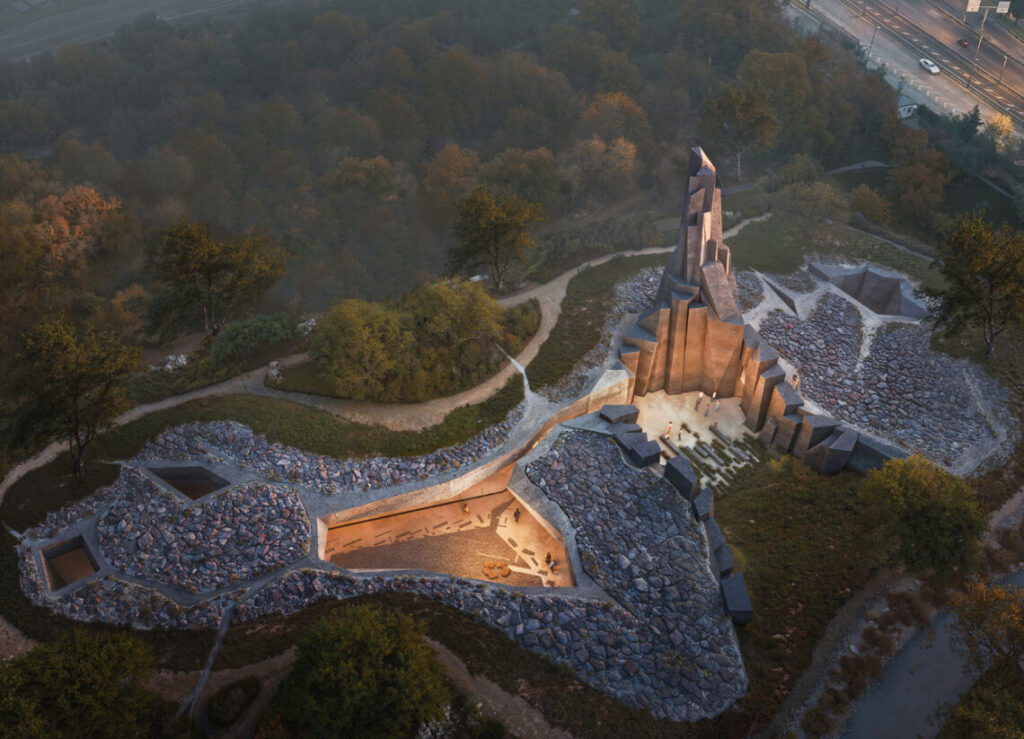
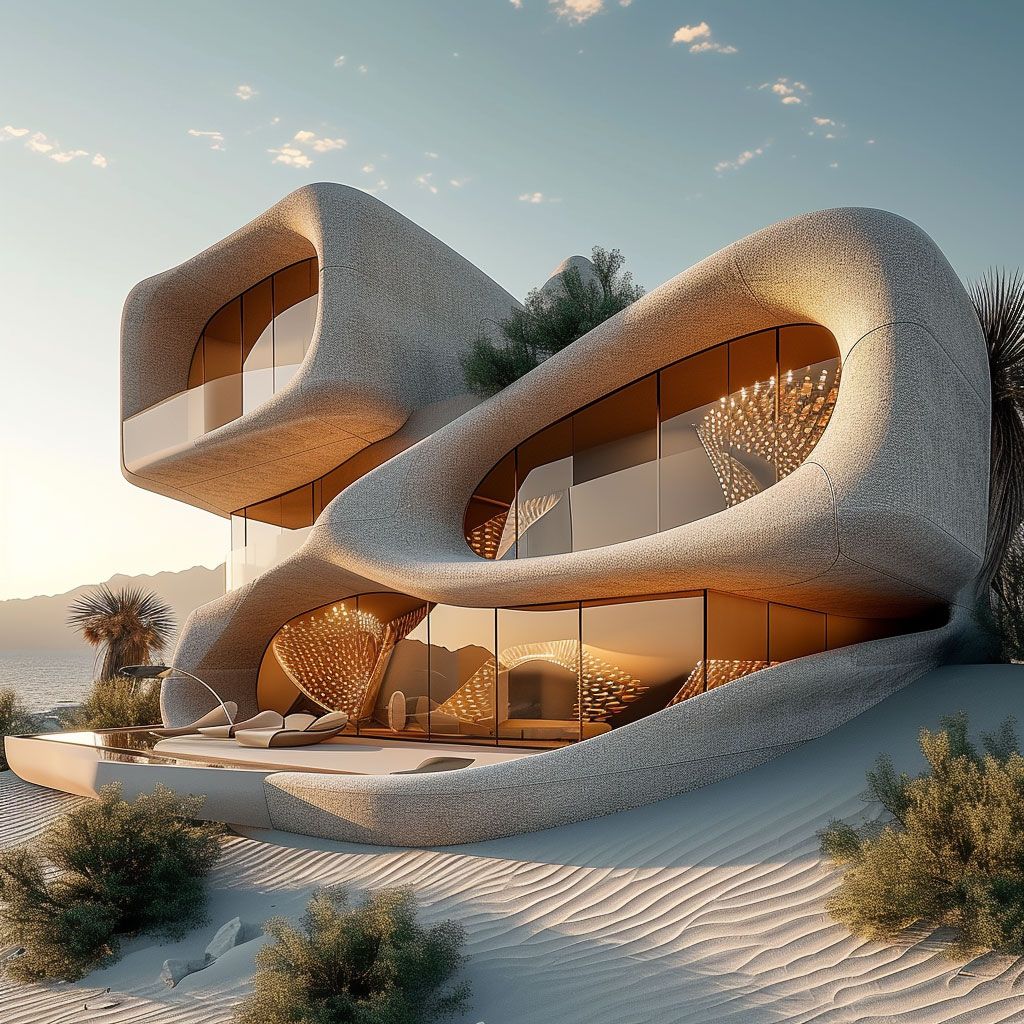
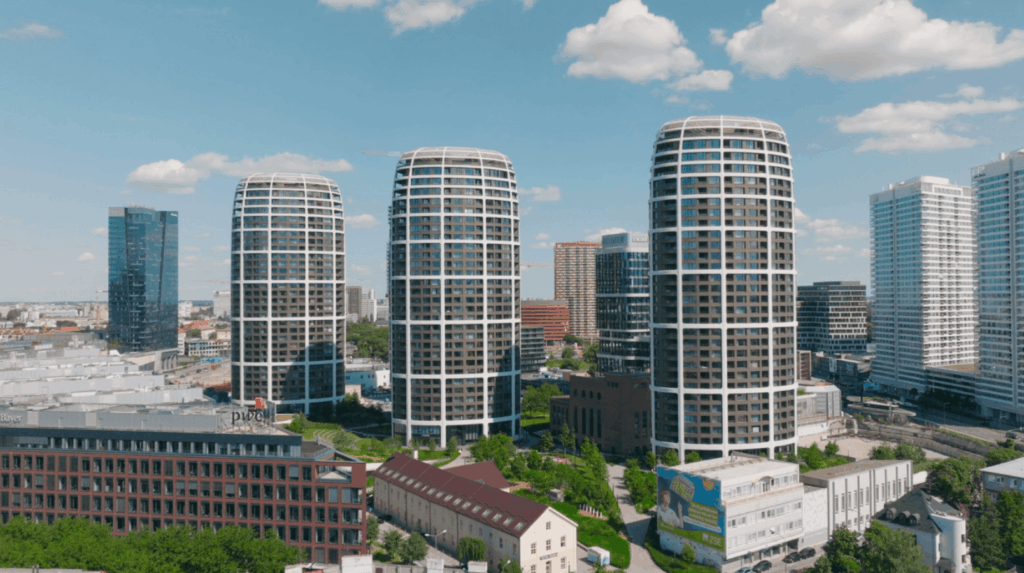
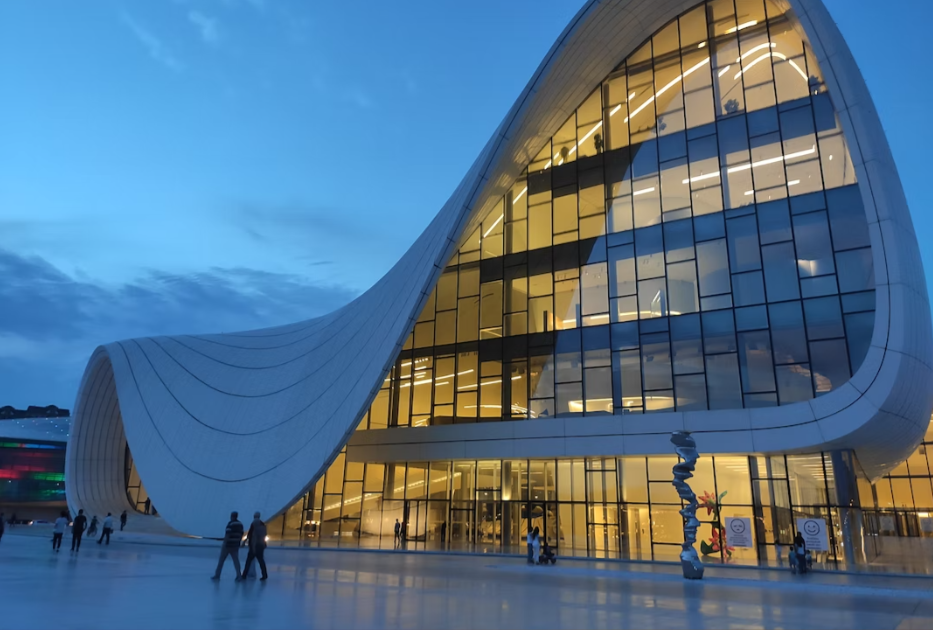
Responses